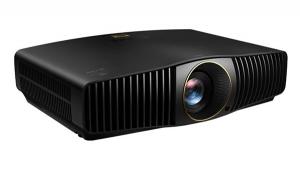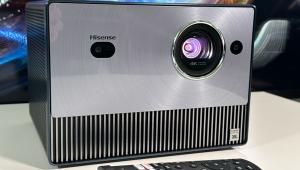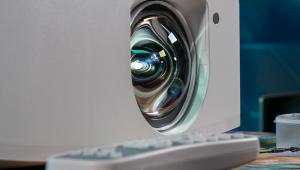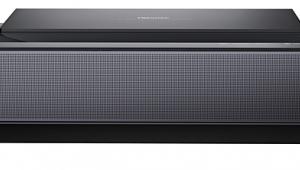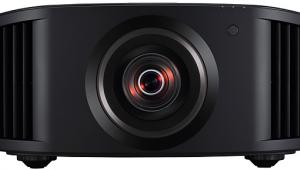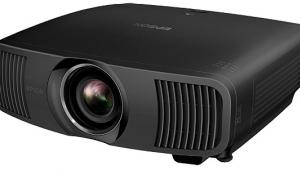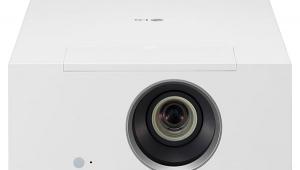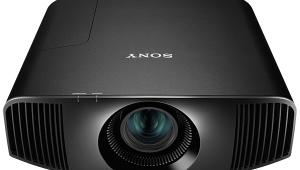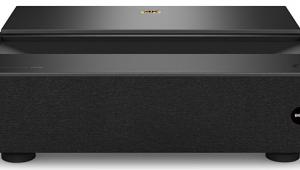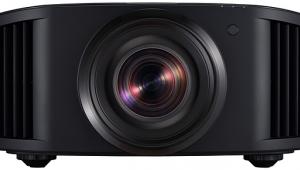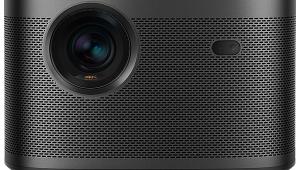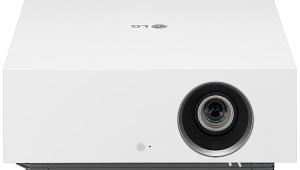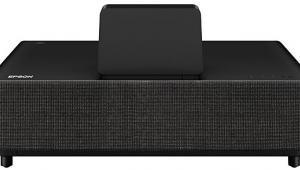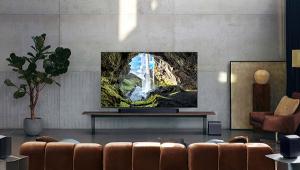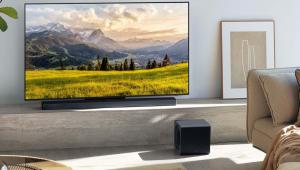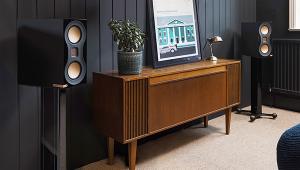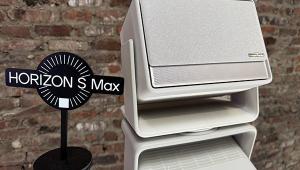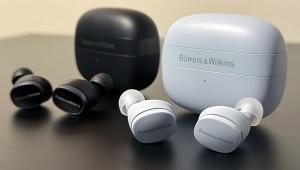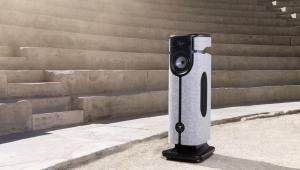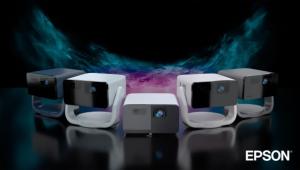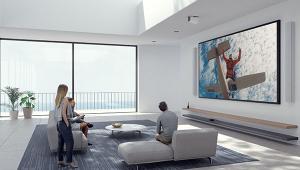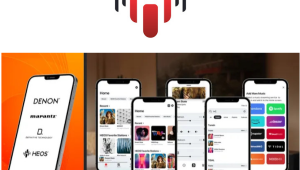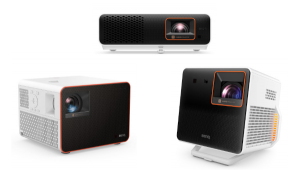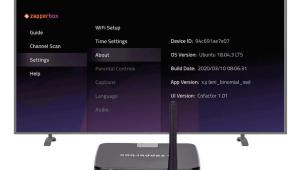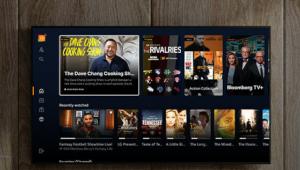Samsung SP-A800B DLP Projector Comparisons & Conclusion
The Samsung can't quite match the best of today's projectors in its black level and shadow detail. And its video processing is middling, which can be greatly enhanced with a good outboard processor such as the DVDO VP50 Pro (though that will set you back another $3500). But considering the generous peak light output, its black-level limitations are less bothersome than they might otherwise be, particularly if you have no objection to using the Auto iris, and its video processing never distracted me in normal viewing.
Its color is not only superb, but superbly right in a way that only a few other projectors can approach. Its calibration procedure, while unusual, insures a good result if performed by a calibrator with a reasonable degree of competence and the right test tools. There's none of the back-and-forth, trial-and-error required with virtually all other video displays. If the projector lacks some of the creative color controls offered by many of its competitors, it's because it doesn't need them.
With optimum setup, the Samsung's resolution is also outstanding. Have I seen better subjective detail? Yes, but only slightly, and only from the likes of the Marantz VP-11S2, which also has better video processing and comparable blacks (with the Samsung's iris fixed), but less-accurate color and a price tag $5000 higher.
The comparison that seems most obvious is with the Planar PD8150, another comparably priced ($8000) DLP design. The Planar is long gone from my system, but a review of my notes and measurements tells me that these two projectors are very similar in performance. With respect to resolution, color, peak light output, black level, and peak contrast ratio, there is little difference between them, whether you choose to use their auto iris or not.
The Samsung does offer a few more useful setup features than the Planar, including the ability to turn on each color individually to check the color decoding. (The Planar offers blue-only mode, which is a very useful feature missing on most consumer video displays.) The Samsung also automatically gives you that black-and-white mode when you perform the color/grayscale calibration—which, by the way, is much easier on the Samsung. The Planar has slightly better video processing, and it has a stretch mode suitable for use with an anamorphic lens in a constant-height setup. Beyond that, they're so close it would be impossible to pick a winner without a direct, side-by-side comparison.
Compared to my reference JVC DLA-RS1, the Samsung came out ahead in everything but black level—though that's not a trivial concern. The SP-A800B was a hair sharper, offered what appeared to be a more satisfying gamma, and clearly had more accurate color. The JVC has always had an oversaturated color gamut, and with 400+ hours on its lamp, its grayscale has also deteriorated to the point for which its limited white-balance adjustments cannot fully compensate. I should point out, however, that the RS1 is just over half the price of the Samsung, and the new JVC DLA-HD750, just announced at CEDIA for $8000, has controls that should be able to more accurately dial in the grayscale, color gamut, and gamma.
In today's market, $10,000 is no longer a bargain price for a projector, and the Samsung has some stiff competition. But if your budget allows, it definitely deserves a very close look.
Highs
Nearly flawless color
Outstanding resolution
Unique, and accurate, calibration procedure
Lows
Black levels are adequate, but short of the best
Video processing, both SD and HD, could be better
